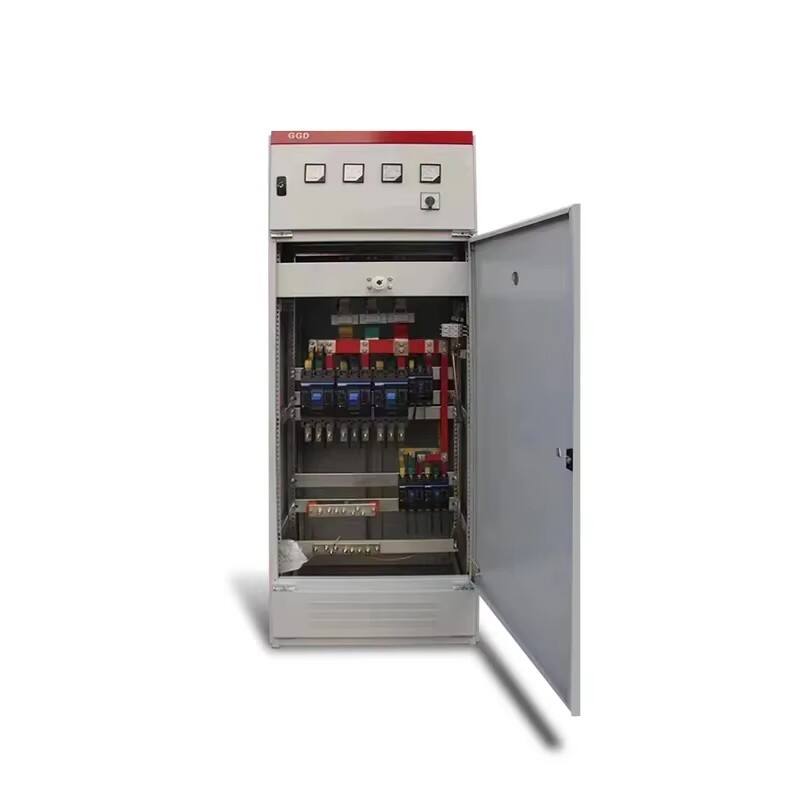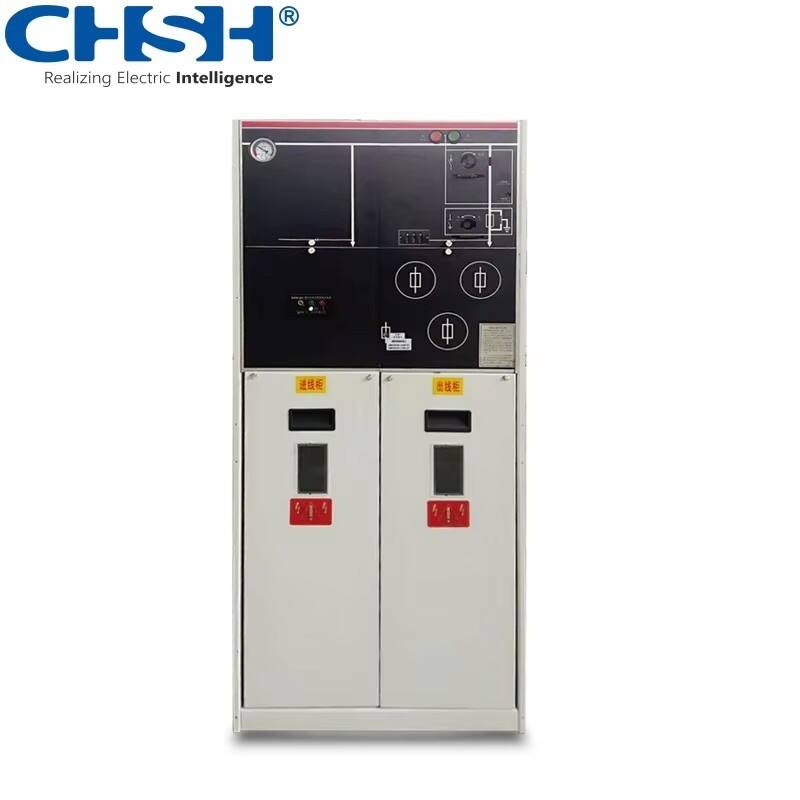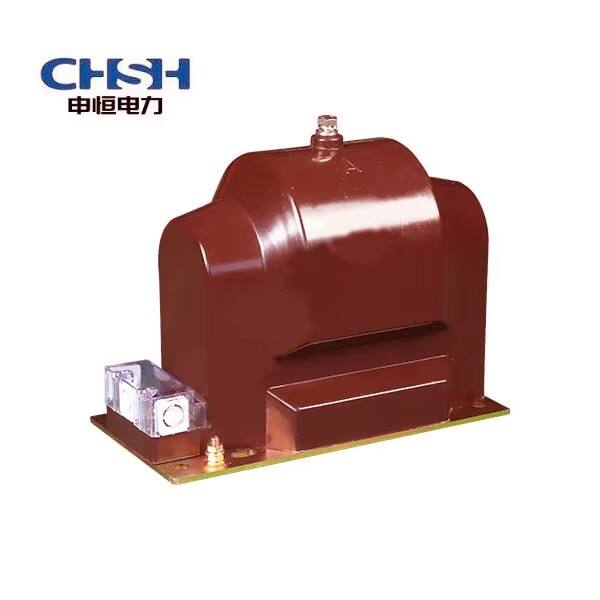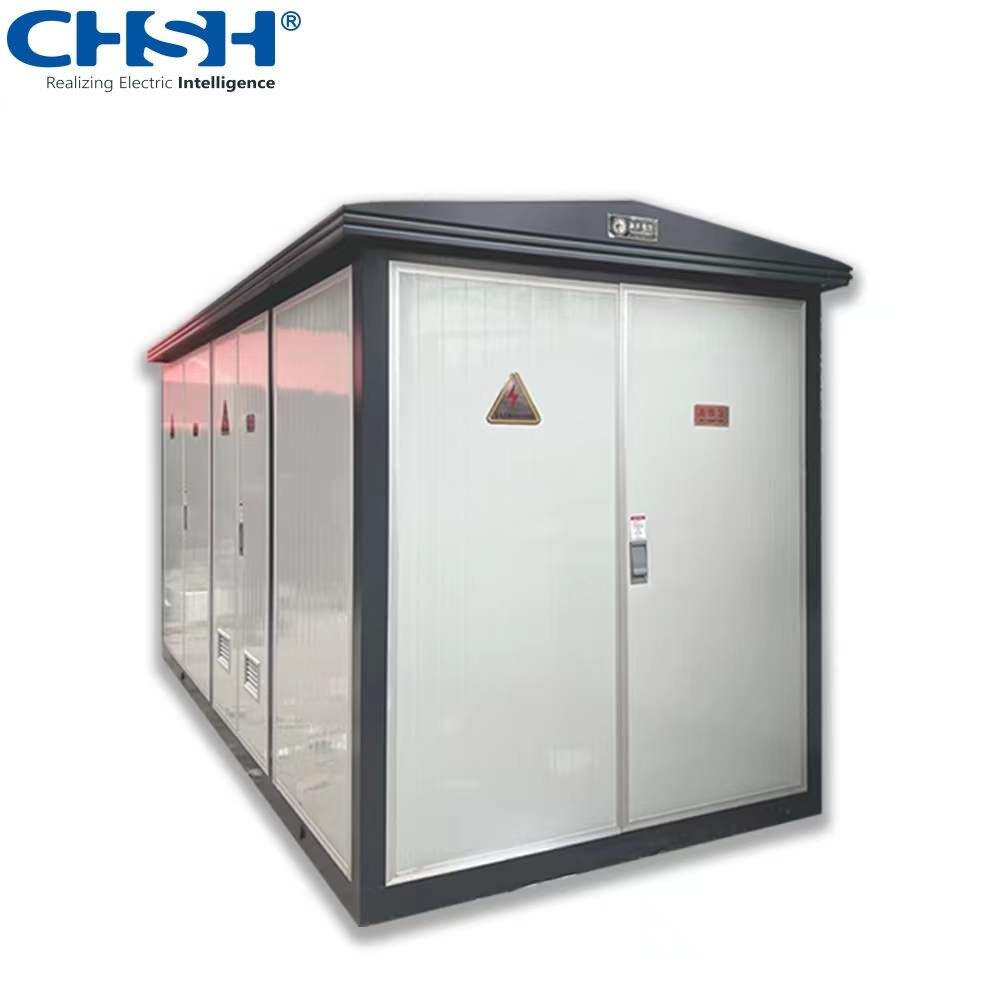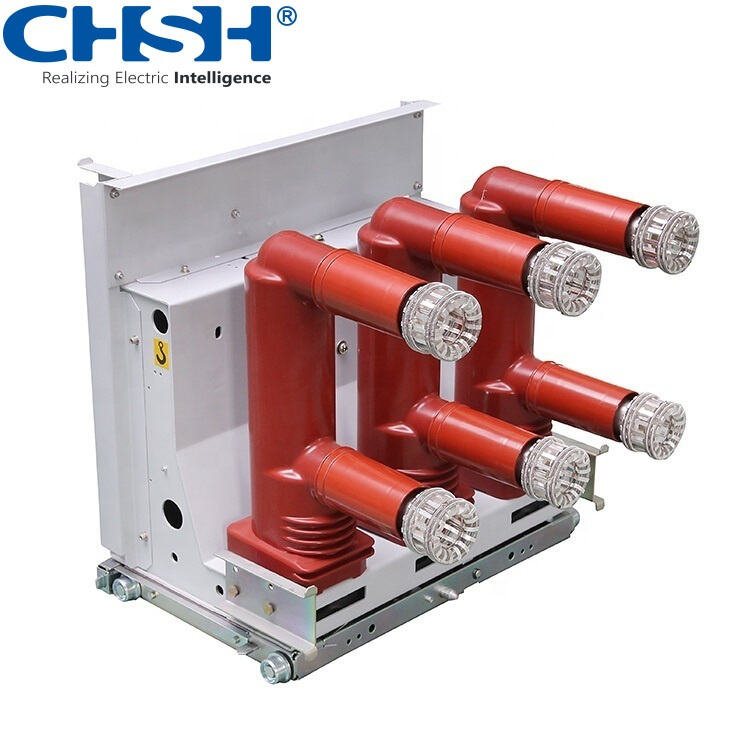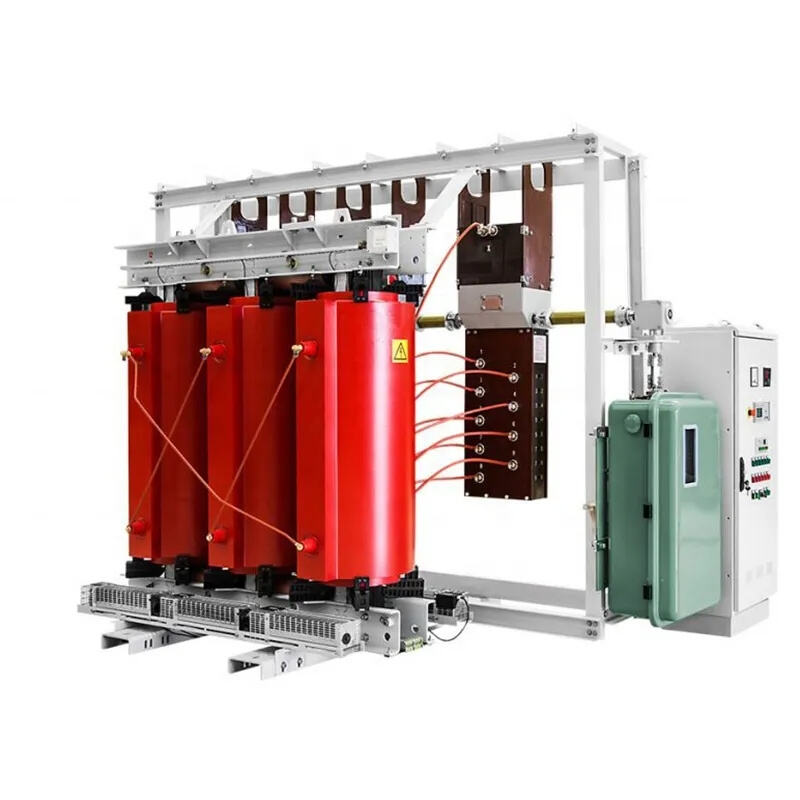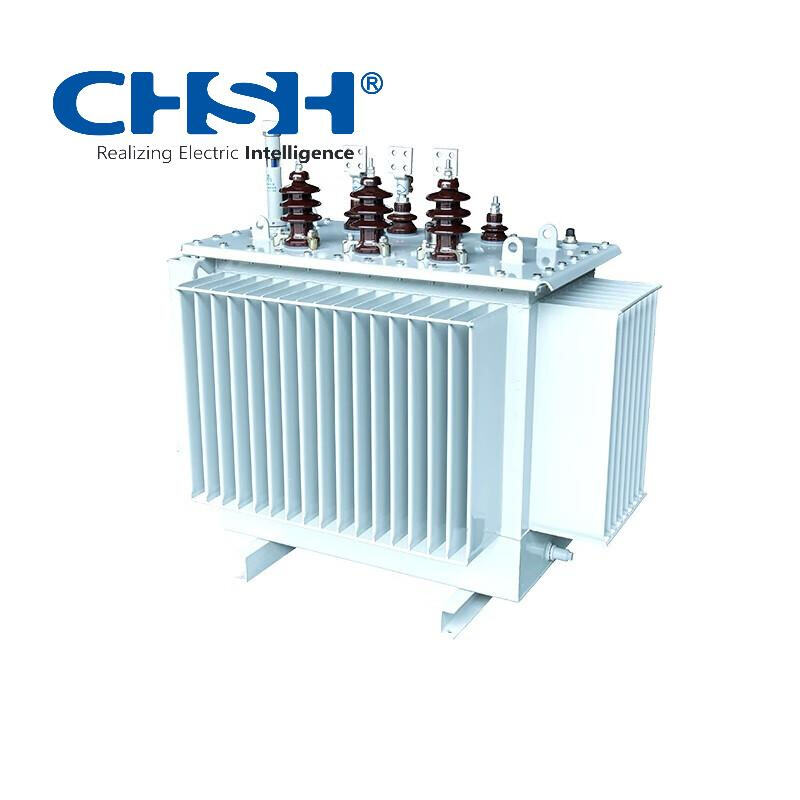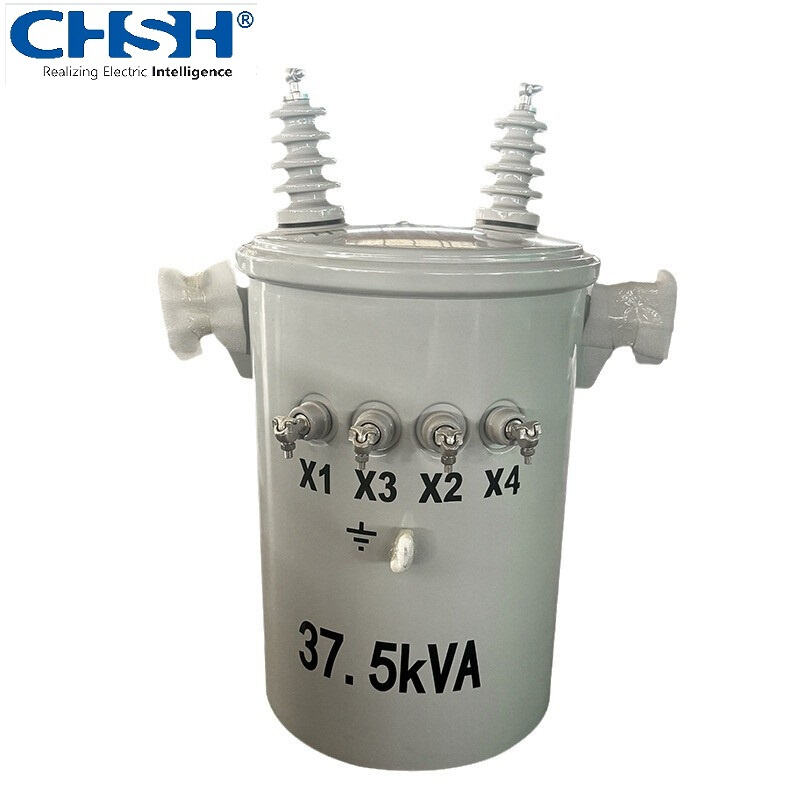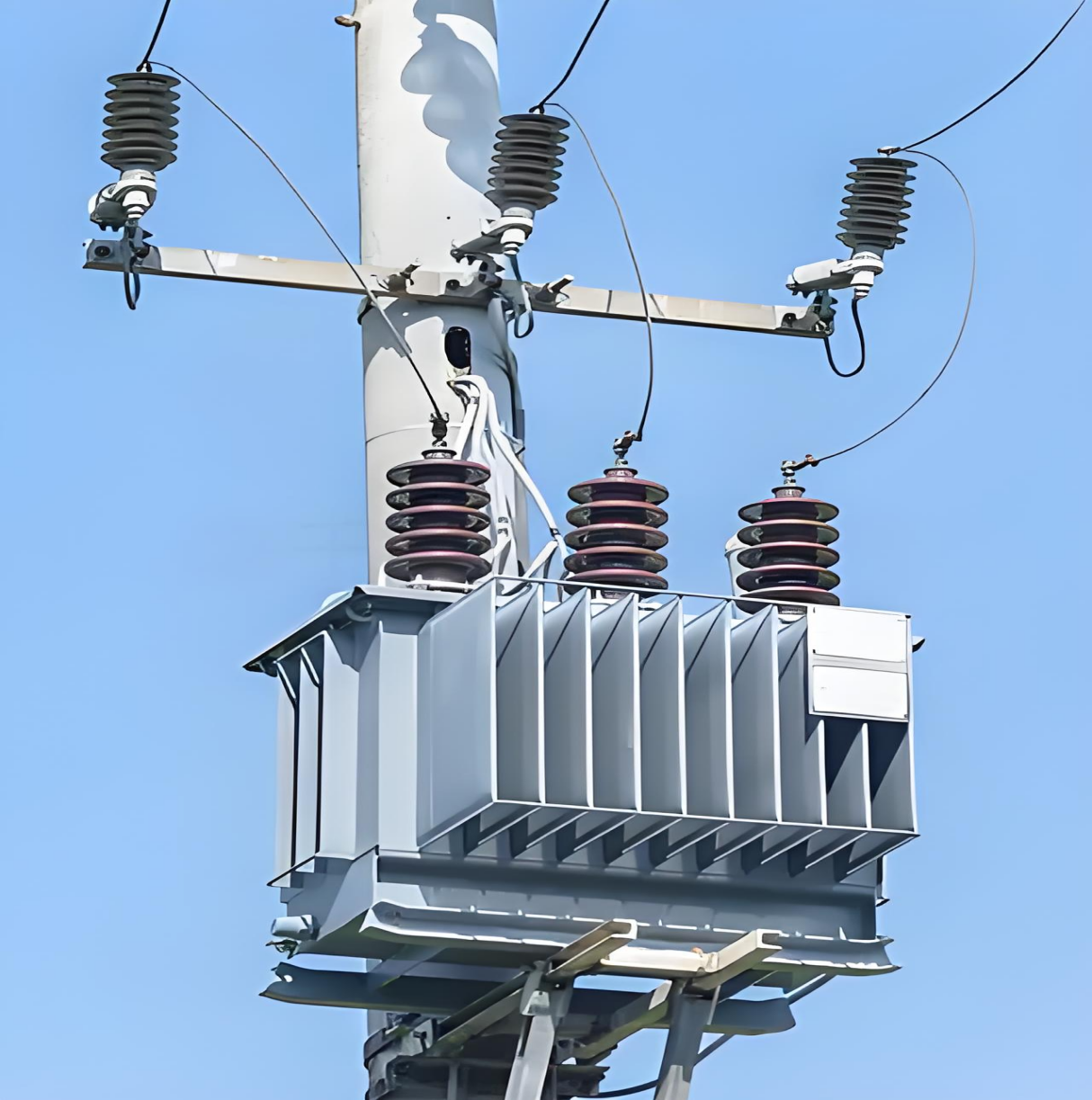giá máy biến áp một pha
Các yếu tố ảnh hưởng đến giá biến áp một pha bao gồm nhiều yếu tố trực tiếp tác động đến tổng chi phí và giá trị mà thiết bị mang lại. Những biến áp này, đóng vai trò quan trọng trong hệ thống phân phối điện, có chức năng tăng hoặc giảm mức điện áp nhằm truyền tải điện năng hiệu quả. Cấu trúc giá thường phản ánh công suất của biến áp, dao động từ các loại nhỏ phù hợp cho ứng dụng dân dụng đến các mẫu lớn hơn dành cho mục đích thương mại. Chất lượng sản xuất, lựa chọn vật liệu lõi, thông số cuộn dây và hiệu suất vận hành là những yếu tố ảnh hưởng đáng kể đến mức giá cuối cùng. Các biến áp một pha hiện đại tích hợp các tính năng tiên tiến như hệ thống cách điện cải tiến, khả năng giám sát nhiệt độ và các cơ chế bảo vệ chống biến động điện áp. Thị trường cung cấp đa dạng lựa chọn, từ các mẫu cơ bản có giá cạnh tranh cho ứng dụng tiêu chuẩn đến các phiên bản cao cấp với tính năng an toàn nâng cao và hiệu suất cao hơn. Giá thành nói chung tỷ lệ thuận với khả năng chịu tải, được đo bằng chỉ số KVA, và có thể thay đổi đáng kể tùy theo yêu cầu cụ thể như khả năng lắp đặt trong nhà hoặc ngoài trời, tiêu chuẩn bảo vệ môi trường và thông số hệ thống làm mát. Việc tích hợp các tính năng giám sát thông minh và giao diện điều khiển kỹ thuật số trên các mẫu mới cũng ảnh hưởng đến cấu trúc giá, mang lại cho người dùng khả năng kiểm soát vận hành và bảo trì tốt hơn.

